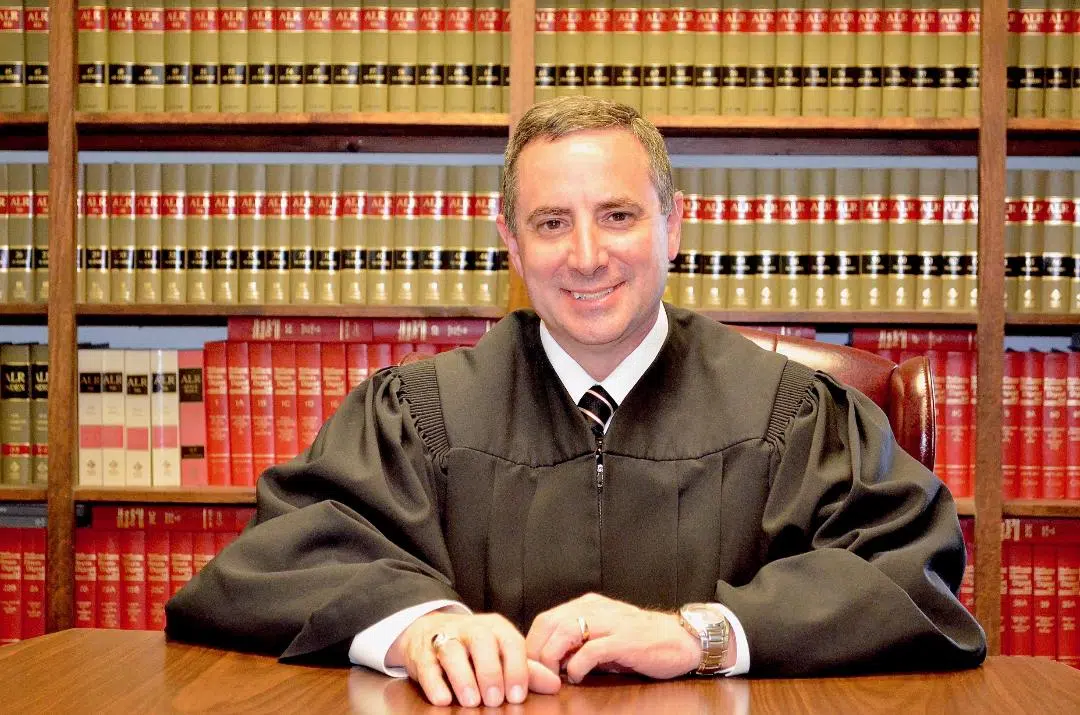The federal court system in the United State
is divided into three main levels. First are the district or trial courts, then
the circuit courts, and ultimately the Supreme Court. District courts have
original jurisdiction, which means that they preside over cases first. There
are 94 district courts in the country and they hear both civil and criminal
cases. As per Judge Charles Burns, preliminary criminal
matters such as setting bail and issuing search warrants are usually handled at
district courts.
Judge Charles Burns offers an insight into
how the district courts in the US work
The United States has both a state and
federal court system. These systems have different jurisdictions, which implies
that they are allowed to hear different types of cases. Federal courts largely
have jurisdiction in cases that deal with the laws, treaties, or the
constitution of the United States. It also handles cases related to ambassadors
and public ministers, and issues that involve two or more states. On the other
hand, state courts are the ones most likely to hear cases associated with
family disputes, estates, wills, and contracts. Very often, the jurisdiction of
a federal district court overlaps with the jurisdiction of the corresponding
state court. In such instances, the plaintiff can choose to bring their case in
either of the courts, but the defendant may “remove” the case from state to
federal court. If the plaintiff believes that removal was not proper, they can
always ask the district court to “remand” the case back to the state court.
District courts are essentially the lowest
level of the federal court system. They are trial courts. This means that these
courts are responsible for hearing a case for the first time in the court
system and then deciding how the law should be applied to it. In most
instances, district courts have a judge and a jury. For instance, a district
court decides whether or not the accused is guilty of a crime in a criminal
case. It is the district court judges who determine what evidence is admissible
into court, whether an arrest is legal or not, what the scope of a search
warrant is, and many other issues.
Typically, the jury then decides whether or
not the defendant is guilty beyond any reasonable doubt. However, there are
also cases with no jury and the judge decides whether or not the defendant is
guilty. This is known as a bench trial. As pointed out by Judge Charles Burns, the defendant might
have a bench trial and not a jury trial for multiple reasons, including if the
judge indicates that they will not be giving jail time before the trial. In
case either of the sides does not agree with the ruling of the district court,
they might appeal to the circuit courts. Circuit courts are charged with
determining whether the law was applied correctly in the district court or not.
If the parties disagree with the circuit court ruling as well, they might
appeal to the Supreme Court, which is the highest court in the country.


Judge Charles Burns delivers a clear and insightful introduction to District Courts, breaking down their role, structure, and significance in the legal system. His expertise makes complex legal concepts accessible, offering valuable knowledge for law students, professionals, and the public. An engaging and informative session worth checking out! Thank you for sharing your expertise! Keep up the excellent work! Continue to share. Please feel free to look at my website.
ReplyDeleteConducir Sin Prueba Licencia Nueva Jersey
An engaging and informative session worth checking out! Thank you for sharing your expertise! Keep up the excellent work! Continue to share. Please feel free to look at my website.
ReplyDeleteField Sales Outsourcing and Field Marketing Agency Hyderabad
I never found any interesting article like yours. It's pretty worth enough for me. Personally, if all webmasters and bloggers made good content as you did, the web will be much more useful than ever before.
ReplyDeleteArc fault Breakers buyers in Huntsville